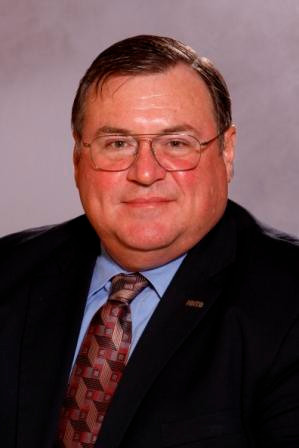After the disaster: Program management facilitates faster, stronger recovery in Texas
 By Tom Wendorf
By Tom Wendorf
Year after year, hurricanes, wildfires, tornados and other disasters damage or destroy infrastructure, uprooting the very foundations of the communities in their paths.
According to a recent America THINKS survey from HNTB Corporation, 95 percent of Americans think rebuilding infrastructure to keep up with weather patterns is important, but how can cities and counties do that?
Using a programmatic approach, local governments not only can return a community to normalcy faster but also make its vital assets stronger than before by assessing available resources and determining how best to deploy those resources against the scope of repairs/replacement, all while staying within budgetary and regulatory constraints.
After back-to-back Hurricanes Ike and Dolly devastated the Texas Gulf Coast in 2008, the Texas General Land Office used a programmatic approach to tackle a recovery program of 4,500 projects across 62 counties – nearly 25 percent of Texas’ land area and population. It became one of the largest public works projects ever undertaken in the United States.
With the help of program management tools to track budgets, schedules and the status of each project from concept to completion, the Texas General Land Office kept the behemoth $1.4 billion Texas Disaster Recovery Program moving and on target for completion next year.
Creating a pre-disaster playbook: steps cities, counties can take now
Best practices from Texas’ recovery efforts can help cities and counties create pre-disaster “playbooks” for fortifying disaster-prone areas and kick-starting recovery:
- Identify experts who can help expedite recovery. Qualified teams of engineers, public works experts, economists and others from the private sector will know how bureaucracies work and the challenges they face. They can mobilize quickly to take the recovery burden off local entities, which still must fulfill their normal obligations. Properly procure their prepositioned services now.
- Enter into agreements with neighboring cities or counties to share scarce resources for public works resources, such as traffic control, special equipment, unique expertise or other needs.
- Know the current state of your infrastructure. Evaluate and document the current condition of all elements in accordance with GASB-34 requirements. Adopt best practices for evaluating the state of infrastructure after a storm. The Texas General Land Office developed 15 to 20 pages of elements to review when in the field talking with customers, owners and operators of affected facilities.
- Update floodplain maps and models for sea level rise impact to help identify critical infrastructure that should be flood-proofed or elevated prior to the next event.
- Get up to speed on the emergency funding/grant process. Know how to maximize the share of funding a public agency and its constituents receive. Understanding what’s available and how best to apply for it allows cities and counties to capture multiple funding sources and the maximum amount of reimbursement.
- Establish systems to track incurred recovery costs, as well as activities and time expended, to maximize federal reimbursements.
- Create standardized workflows and operating guidelines, so everyone understands what will need to be done to ensure an activity is fully reimbursable.
- Procure resources in a standby or staged manner prior to events. Work with the state comptroller to establish an emergency procurement process to speed post-disaster responses.
- Ensure quality and improve resiliency of infrastructure for future storms. After Hurricane Ike tore an enormous gash in the riverbank in Beaumont, Texas, the city incorporated concrete sidewalks and bulkheads into its restoration program to strengthen this critical public facility.
Cities and counties can’t predict when the next disaster will hit, but they can rest easy knowing they are better prepared if it does strike. Adopting a program management approach and tackling the list of activities above will go a long way in getting a devastated community back on its feet, faster and stronger than before.
Tom Wendorf is a program director at HNTB Corporation. He has 25 years of public service experience as a former public works director for San Antonio and Missouri City, Texas. Contact him at [email protected].




















